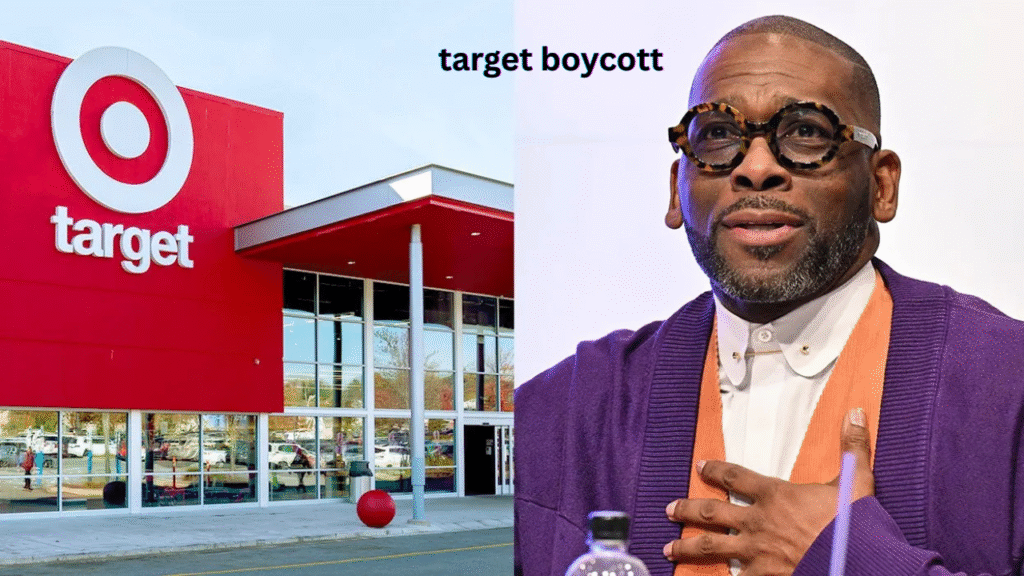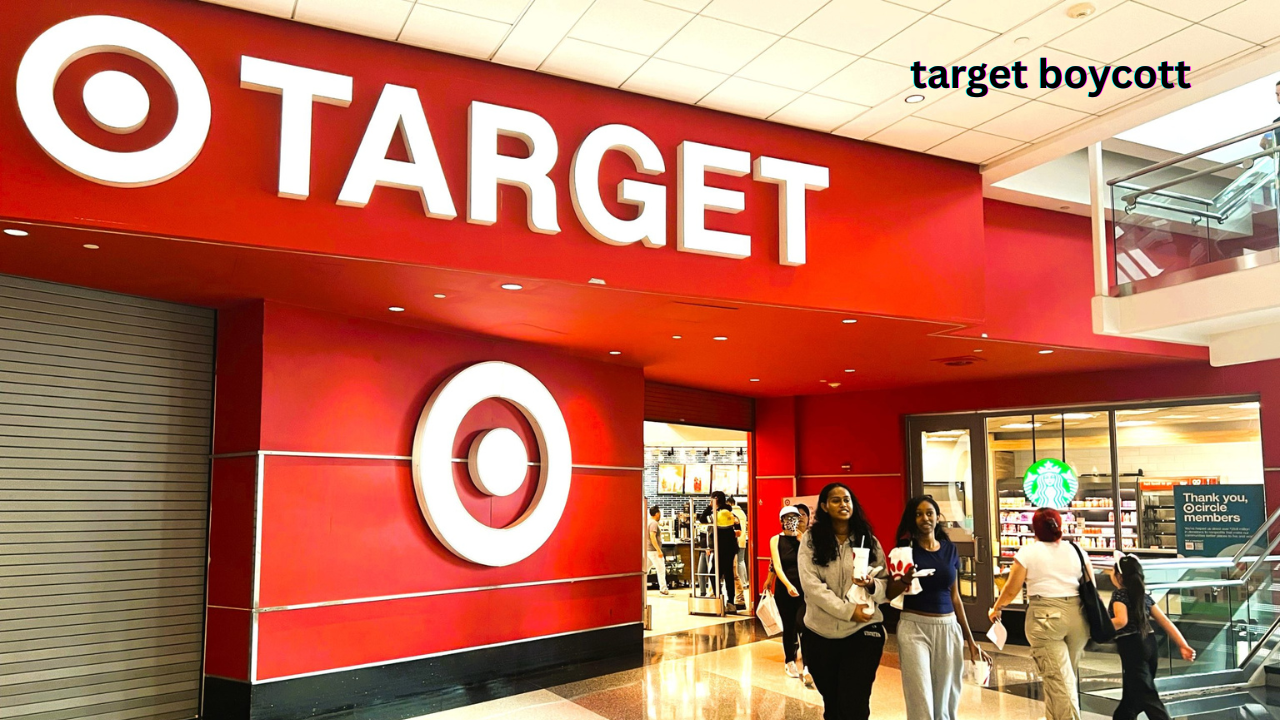In recent years, consumer activism has taken center stage, with boycotts becoming a powerful tool for individuals to express their values and influence corporate behavior. One of the most talked-about examples in the retail sector is the Target boycott. This movement didn’t emerge in a vacuum; rather, it is the result of intersecting cultural, political, and economic forces that continue to shape how businesses interact with their customers. As a retail giant known for its trendy products and family-friendly image, Target has long enjoyed a loyal customer base. However, that reputation has been tested under the weight of growing societal debates around inclusivity, corporate responsibility, and political alignment.
Understanding the Target boycott means looking beyond the headlines and viral tweets to explore the deeper implications of such consumer-led actions. Boycotts are not merely about refusing to shop; they reflect broader societal divisions and can trigger real consequences for companies, from lost revenue to tarnished reputations. In the case of Target, the boycott ignited fierce debates, showcasing the delicate balance corporations must maintain between upholding progressive values and appealing to a diverse customer demographic. This article aims to unpack the origins, impact, and long-term effects of the Target boycott while shedding light on what it signifies for the future of retail and corporate activism.
Origins of the Target Boycott
The Target boycott began gaining traction in response to Target’s policies that supporters argued promoted inclusivity, while critics saw them as controversial or politically charged. A key turning point was Target’s announcement allowing transgender individuals to use the bathroom aligning with their gender identity—a decision that drew both praise from LGBTQ+ advocates and backlash from more conservative consumers. The company framed the policy as part of its longstanding commitment to diversity and inclusion, yet this move inadvertently placed Target at the center of a national culture war.
In addition to the bathroom policy, other initiatives—including the release of Pride-themed merchandise and partnerships with LGBTQ+ designers—fueled further controversy. Critics argued that such actions were politically motivated and inappropriate for a retailer catering to families and children. Advocacy groups organized petitions and called for boycotts, urging like-minded consumers to take their business elsewhere. Social media played a pivotal role in spreading the boycott message, with hashtags trending and viral videos encouraging people to stand against what they perceived as Target’s political agenda.
Interestingly, the boycott wasn’t limited to one political ideology; while some conservatives felt Target had gone too far in promoting progressive values, others on the opposite end of the spectrum criticized the company for perceived performative allyship or failing to support marginalized communities year-round. This dual criticism highlighted how brands navigating social issues often find themselves unable to satisfy all sides. The convergence of political, social, and economic grievances made the Target boycott a complex and multifaceted movement rather than a simple act of consumer protest.
Public Reactions and Divisions

The public’s reaction to the Target boycott showcased a stark divide in consumer sentiment. Supporters of the boycott emphasized values like traditional family norms, religious beliefs, and concerns over corporate influence in cultural debates. Many voiced their frustration online and pledged to stop shopping at Target, framing their decision as both a moral stand and an economic statement. Petitions calling for boycotts amassed hundreds of thousands of signatures, and advocacy groups released videos urging shoppers to switch to other retailers perceived as more aligned with their views.
Conversely, a significant portion of consumers rallied behind Target, applauding the company’s willingness to stand by its inclusivity policies despite the backlash. Social media users posted messages of solidarity, encouraging others to shop at Target as a form of “buycott”—a counter to the boycott aimed at boosting sales in support of the company’s stance. This led to an unusual situation where the boycott itself became a cultural flashpoint, with both sides claiming moral high ground and attempting to influence public discourse through their purchasing choices.
Notably, the boycott sparked heated debates not just among customers but within families and communities. Shopping at or avoiding Target became a symbol of broader political and cultural identities, illustrating how consumer choices increasingly serve as expressions of personal values. The divisiveness also prompted discussions around whether corporations should take public stances on social issues or remain neutral to avoid alienating portions of their customer base. For Target, the polarized reactions were a double-edged sword—earning loyalty from some while risking alienation from others.
Financial and Business Impact on Target
The financial ramifications of the Target boycott were immediate and measurable. In the months following the announcement of its inclusive bathroom policy, Target reported a decline in foot traffic and a notable dip in sales, particularly in regions with strong conservative bases. Stock prices reflected investor concerns about long-term damage to the brand’s reputation and profitability. Analysts debated whether the sales slump was directly attributable to the boycott or a combination of factors, including broader retail trends and increased competition from e-commerce giants like Amazon.
Target’s leadership responded with a multi-pronged approach: reaffirming its commitment to inclusivity while simultaneously rolling out initiatives to draw customers back to stores. These included redesigning store layouts, expanding product lines, and emphasizing convenience through same-day delivery and curbside pickup options. While these moves helped stabilize sales in the long term, the immediate impact of the boycott forced Target to reevaluate its communication strategies and customer engagement.
Interestingly, the financial impact of the boycott wasn’t purely negative. For every customer lost, Target gained new shoppers who appreciated its stand for inclusivity and diversity. Some investors even saw the boycott as a sign that the company was willing to align with younger, more socially conscious demographics—a potential strength in the long run. Nevertheless, the short-term turbulence highlighted the risks corporations face when navigating polarizing social issues in an era where corporate activism is both expected and scrutinized.
Broader Implications for Corporate America
The Target boycott serves as a cautionary tale and a learning opportunity for corporations grappling with the question of whether and how to engage in social issues. On one hand, companies face mounting pressure from younger, socially conscious consumers who expect brands to advocate for inclusivity, sustainability, and human rights. On the other hand, taking visible stances risks alienating other customer segments who may interpret these moves as political overreach or moral grandstanding. Target’s experience illustrates how no decision exists in a vacuum—each policy, product, or campaign can become a lightning rod for controversy.
For corporate America, the takeaway is clear: authenticity, consistency, and preparedness are key. Consumers today are highly attuned to perceived inconsistencies or performative gestures. Companies must weigh the risks and rewards of each stance while preparing for potential backlash through crisis communication plans and stakeholder engagement. Moreover, Target’s experience shows that social media accelerates the spread of both support and criticism, making it crucial for companies to monitor online sentiment and respond swiftly when controversies arise.
The broader implication is that corporate neutrality is becoming harder to maintain. As cultural and political divisions deepen, consumers increasingly view brands as either allies or adversaries in their values-driven worldviews. This trend suggests that boycotts—once rare and isolated—are likely to become more frequent tools for consumer expression. Companies that hope to navigate this new landscape successfully must be strategic, transparent, and willing to stand by their core values while recognizing the diverse perspectives of their customers.
Conclusion
The Target boycott offers a compelling case study in the intersection of commerce, culture, and politics. It underscores the reality that corporations no longer operate solely as neutral purveyors of goods and services but as cultural actors whose decisions resonate far beyond the checkout aisle. For Target, the experience was both a challenge and an opportunity—a chance to reaffirm its values while learning how to adapt to an increasingly complex marketplace.
For consumers, the boycott raises questions about the power and limitations of activism through purchasing choices. While boycotts can create headlines and affect short-term sales, they also reveal deeper divisions within society and the varying expectations placed on corporations. Ultimately, the Target boycott exemplifies the evolving relationship between brands and the public—a relationship defined by values, trust, and accountability.
As other companies watch and learn from Target’s journey, one thing is clear: the era of value-driven consumerism is here to stay, and businesses must be prepared to navigate its challenges with both courage and care.
FAQs
What triggered the Target boycott?
The Target boycott was primarily triggered by the company’s decision to allow transgender individuals to use restrooms aligning with their gender identity, as well as its promotion of LGBTQ+ inclusive products.
How has the boycott affected Target’s sales?
The boycott initially led to a decline in sales and foot traffic, particularly in conservative areas, but Target later recovered through various marketing and operational strategies.
Is the boycott still ongoing?
While the boycott lost momentum over time, some advocacy groups continue to call for avoiding Target, though its widespread impact has diminished.
How has Target responded to public criticism?
Target has maintained its commitment to inclusivity while simultaneously enhancing customer experience through store redesigns, convenience services, and expanded product offerings.
Have other companies faced similar boycotts?
Yes, other brands like Starbucks, Nike, and Disney have also faced boycotts over their stances on social or political issues.
You May Also Read: https://techbusinessus.com/1v1-lol-github/





